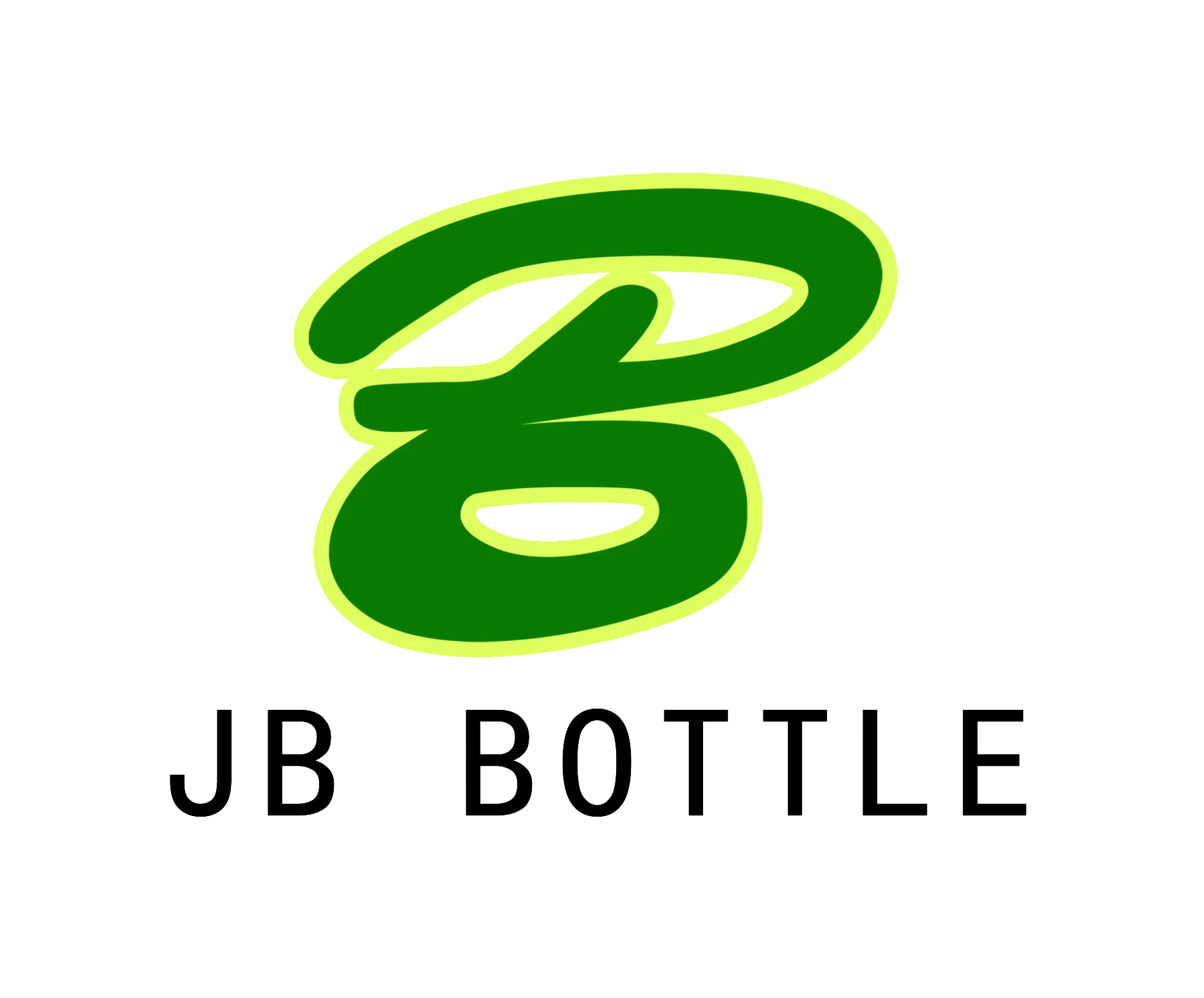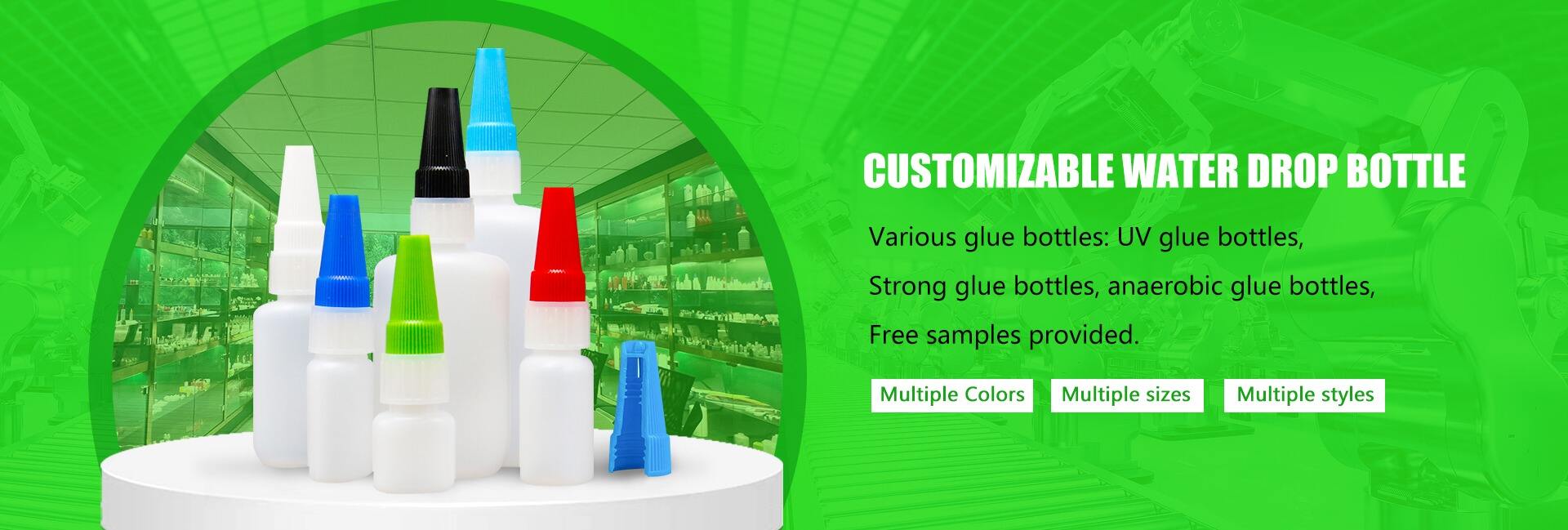Business - Specific Bottles: Designed for Cosmetics, Chemicals, Food
Material Safety in Cosmetic Bottle Design
Non-Toxic Plastic Compounds
In designing cosmetic bottles, choosing non-toxic plastic compounds is paramount for consumer safety. The use of materials like PET (Polyethylene Terephthalate) is highly beneficial due to its recyclable nature and absence of harmful chemicals. PET plastic is favored in the industry for its safe cosmetic container properties and because it doesn't leach toxins into products, ensuring they remain safe for daily use. According to research, toxic materials in packaging can lead to various health issues, including endocrine disruptions and toxic buildup in the environment. By utilizing non-toxic plastics, manufacturers not only protect consumer health but also demonstrate environmental responsibility.
Phthalate-Free Formulations
Phthalates, often used to soften plastics, are increasingly concerning because of their potential impact on hormonal health. These plasticizers are widely identified as endocrine disruptors and have been linked to several health issues, as stated by Texas A&M University research. Regulatory bodies have recognized the dangers, prompting movements to eliminate phthalates from consumer products. For instance, the FDA has provided guidelines to ensure safer formulations. As consumer awareness grows, there's a noticeable shift towards phthalate-free products. A survey found a significant percentage of consumers prefer skincare bottles and cosmetic spray bottles labeled as phthalate-free, reflecting a trend toward prioritizing safe cosmetics.
Compliance with FDA Cosmetic Standards
Adhering to FDA cosmetic standards for material safety is crucial for any manufacturer of skincare and cosmetic bottles. The FDA establishes rigorous requirements to ensure that the plastics used in cosmetics are free from toxic substances, safeguarding public health. Specific FDA regulations demand that these materials be non-toxic, non-reactive, and capable of safely containing cosmetic products. Manufacturers that achieve compliance not only protect consumers but also enhance their brand reputation. Holding certifications for compliance with these standards is a significant advantage and is highly valued by informed consumers who prioritize safety and quality in their purchases.
Specialized Dispensing Systems for Skincare
Fine Mist Spray Mechanisms
Fine mist spray bottles play a crucial role in elevating the user experience for skincare applications. These mechanisms ensure a gentle and even distribution of skincare products across the skin, which is vital for maximizing the effectiveness of ingredients. Unlike traditional dispensing methods, fine mist sprays reduce product waste significantly, ensuring that users get the most out of their skincare routine. Statistics indicate a growing consumer preference for mist sprays, as they not only enhance product application but also contribute to sustainability in cosmetics by minimizing excess usage.
Precision Dropper Bottle Applications
Precision dropper bottles offer unparalleled advantages for dispensing concentrated skincare products such as serums and oils, ensuring accurate dosages. This precision is especially crucial in skincare formulations, where each drop can make a difference in efficacy. Market trends showcase a rising popularity of dropper bottles, supported by impressive sales data reflecting consumer preference. Several leading brands have successfully integrated dropper systems into their product lines, showcasing their effectiveness in delivering targeted skincare solutions.
Airless Pump Technology
Airless pump technology in skincare bottles is a game-changer, designed to preserve product integrity by minimizing oxidation, thereby extending shelf life. Its adoption in high-end skincare products underscores its benefits, as it helps maintain the formula's effectiveness over time. Many renowned brands utilize this technology effectively, offering consumers skincare solutions that retain their potency until the last use. Consumer surveys consistently highlight a preference for airless systems, valuing their ability to safeguard product quality.
Barrier Protection Features
UV-Resistant Materials
Using UV-resistant materials in packaging is essential for safeguarding light-sensitive formulations in cosmetic products. These materials help prevent UV rays from penetrating the packaging and degrading the product's active ingredients, which could ultimately affect its effectiveness. Studies have shown that certain ingredients, such as retinol and vitamin C, are particularly prone to degradation upon UV exposure, which can significantly reduce their skincare benefits. Brands like Estée Lauder and Clinique are leveraging UV-resistant packaging solutions, resulting in enhanced product performance and extended shelf life. By using such packaging, these brands ensure that their skincare products deliver their intended effects until the very last application.
Oxygen Barrier Coatings
Oxygen barrier coatings play a pivotal role in protecting sensitive ingredients from oxidation and spoilage. These innovative coatings are applied in bottle design to create an impermeable layer that keeps oxygen from reaching the product, thus maintaining its freshness and potency. Advanced manufacturing technologies have made these coatings increasingly accessible, and many skincare brands now employ them to extend the shelf life of their products. Brands like L’Oréal and Neutrogena have adopted oxygen barrier technologies, reflecting a market trend towards better-preserved and more stable skincare offerings. This trend is supported by a significant increase in consumer demand for skincare solutions ensuring ingredient integrity over time.
Moisture-Lock Technology
Moisture-lock technology is crucial for preserving skincare formulations by preventing moisture loss and maintaining the correct texture and efficacy. With growing consumer awareness about the impact of packaging innovations, many are choosing products with moisture-lock systems to ensure they are getting full value from their purchases. Brands proudly featuring this technology often score high in consumer testimonials online, highlighting their effectiveness in locking in hydration and improving skin condition. Companies like Olay and Aveeno, which emphasize moisture retention in their products, report better customer satisfaction and increased brand loyalty due to this innovative feature. This further emphasizes the importance of well-designed packaging in the consumer decision-making process.
Ergonomic Design Considerations
Grip-Enhanced Bottle Shapes
Ergonomic design plays a crucial role in enhancing user-friendliness by focusing on grip-enhanced bottle shapes. These designs ensure that consumers can easily handle and use products, resulting in increased satisfaction and usability. For example, bottles with textured surfaces or contoured shapes allow for a more secure grip, reducing the risk of slipping during use. User feedback consistently highlights the preference for such designs, emphasizing their effectiveness in improving the overall user experience.
Travel-Friendly Sizes
The increasing demand for convenience has led to a growing trend toward travel-sized cosmetics. These products appeal to on-the-go consumers as they are compact and easy to carry. Market data suggests a significant rise in the sales of travel-friendly products within the beauty industry. Features such as secure lids, leak-proof seals, and compact shapes enhance portability, making these products ideal for travel.
Child-Resistant Closures
Child-resistant closures are vital for ensuring the safety of households with young children. These specialized packaging features comply with regulatory standards, such as those set by the Consumer Product Safety Commission, to prevent accidental ingestion and exposure. Consumer insights indicate that parents highly value the perception of safety that child-resistant packaging provides, making it an essential consideration for product packaging design in the cosmetic industry.
Transparency Levels in Cosmetic Spray Bottles
The transparency of packaging plays a crucial role in boosting brand trust and shaping consumer perception. Transparent cosmetic bottles allow consumers to see the product inside, which can enhance trustworthiness and convey a sense of purity and quality. Brands like Glossier and Aesop have effectively employed transparent packaging to highlight the quality of their products. The ability to customize transparency levels in these bottles provides design flexibility, enabling brands to tailor the transparency to match their aesthetic needs and brand identity.
Customization options for transparency levels in cosmetic spray bottles are vast, ranging from fully transparent to frosted or tinted bottles. This flexibility not only enhances visual appeal but also caters to different brand narratives and consumer preferences. For instance, some high-end brands may opt for frosted glass to convey luxury, while others might choose clear plastic for a more modern and minimalist look. This customization capability reflects the thoughtfulness of brands in aligning packaging with product expectations, enhancing overall customer satisfaction.
Silk-Screen Printing Compatibility
Silk-screen printing is a powerful tool for amplifying brand visibility and enhancing the aesthetic appeal of cosmetic packaging. It allows for vivid and durable colors, intricate patterns, and logos that stand out on cosmetic bottles, aiding in effective brand recall and recognition. Cosmetic giants like Estée Lauder and Dior utilize silk-screen printing to maintain a consistent and luxurious brand image across their product lines. This method supports customization by enabling brands to select colors and designs that align with their branding strategies, thereby optimizing their visual identity.
The silk-screen printing process offers diverse customization options, such as multiple color overlays and different finish textures, helping brands create unique packaging that resonates with their target audience. Successful branding campaigns often leverage this technique to create a signature look that differentiates their products from competitors. Through strategic use of silk-screen printing, brands can ensure their cosmetic bottles make a lasting impression on consumers, reflecting premium quality and distinct identity.
Modular Component Systems
Modular component systems in cosmetic packaging offer unparalleled customization, allowing brands to adapt packaging to various consumer needs effectively. By utilizing interchangeable components, brands can create a range of packaging configurations that cater to diverse product requirements and consumer preferences. This approach benefits both production and design flexibility, as it lowers manufacturing costs and shortens lead times, enabling brands to swiftly respond to market trends. A study by McKinsey highlights the efficiency gains from modular systems, emphasizing their role in driving innovation in product design.
In today's dynamic cosmetic industry, modular designs are gaining traction as brands strive to offer more personalized and adaptable solutions. The market trend towards modular cosmetic packaging is evident as it meets modern consumer demands for flexibility, sustainability, and tailored experiences. This trend not only enhances brand relevance in a competitive market but also demonstrates a commitment to consumer-centric design. As the beauty industry continues to evolve, embracing modular systems can be a strategic move for brands aiming to lead in customization and innovation.


